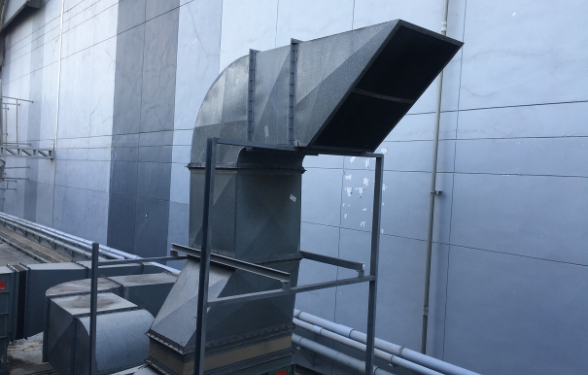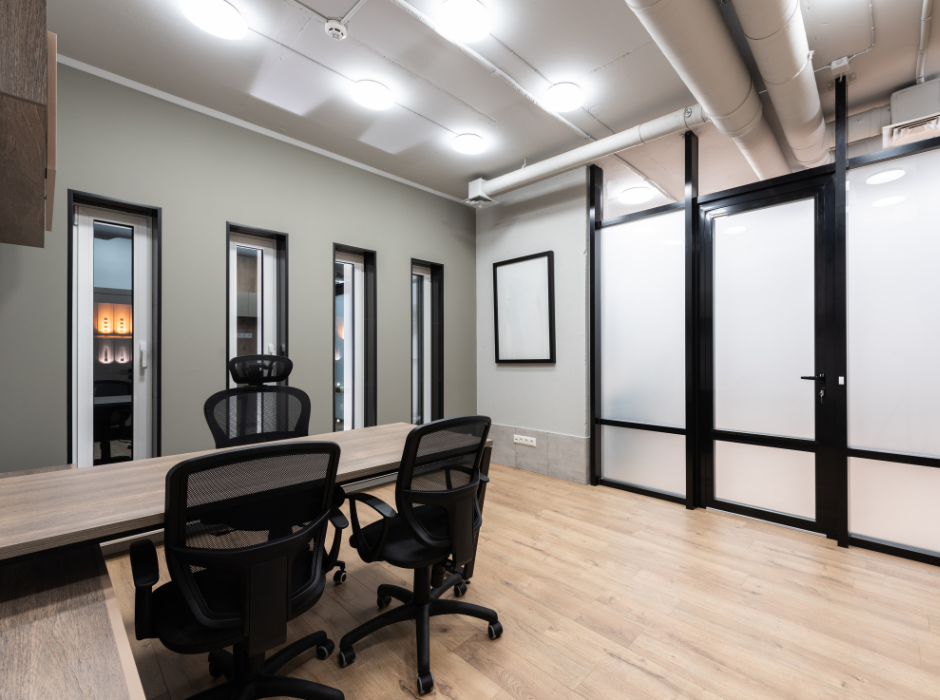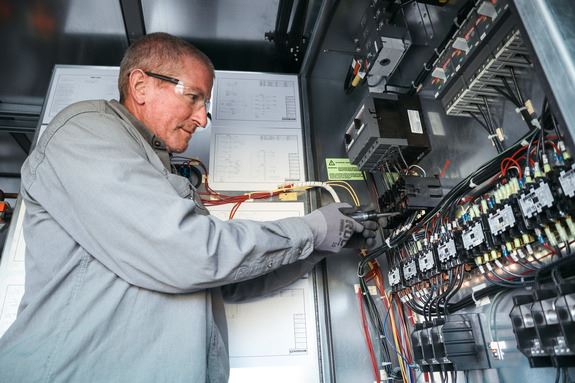A Key to Comfort: The Importance of Proper Building Pressure for Commercial Buildings
We all know that air temperature is important for keeping occupants happy- but did you know that your building’s air pressure is critical to indoor comfort? Your HVAC system might be burning through your energy budget due to something you can't see: building pressure imbalances.
As a Sacramento commercial HVAC contractor, Cooper Oates has witnessed firsthand how pressure imbalances create significant energy waste and comfort issues that frustrate tenants and property managers alike.
What is Building Pressure?
Building pressure refers to the air pressure inside your commercial space relative to the outside atmosphere. Your building’s air pressure will either be positive or negative depending on a variety of factors such as wind, temperature, building design, and your HVAC system.
Ideally, your building should maintain a slightly positive pressure, meaning more conditioned air is supplied (pumped into the building) than exhausted out of the building. This creates a controlled environment where fresh air enters through designed intake points rather than infiltrating through cracks, gaps, and unintended openings. When your building’s air pressure is not balanced, your HVAC can’t run as efficiently as it should be.
Positive vs Negative Pressure
Negative pressure occurs when the air pressure inside your building is less than the air outside, which can cause outside air to infiltrate your building. This forces your system to condition unconditioned outdoor air that's sneaking in through gaps, leading to increased energy usage.
Excessive Positive pressure occurs when the inside air pressure is greater than the outside, resulting in too much inside air being pushed outside. This often wastes energy by forcing expensive conditioned air out of the building before it can effectively condition your space.
What Are the Costs of Building Pressure Imbalances?
Energy Waste
In Sacramento's climate where summer temperatures can regularly exceed 100°F, every bit of hot outdoor air that infiltrates your building due to negative pressure must be cooled and conditioned. This uncontrolled air exchange creates a significant load on your equipment during peak weather conditions, increasing energy usage.
During winter months, negative pressure allows cold outdoor air to be pushed inside your building, forcing your heating system to compensate. Your equipment runs longer cycles, consumes more energy, and experiences increased wear and tear- all while struggling to maintain consistent temperatures.
Equipment Strain & Premature Failure
When your HVAC system constantly battles pressure imbalances, it causes unnecessary wear and tear on your equipment which can lead to premature failure. This not only has the potential to shorten the equipment's lifespan but can also increase the likelihood of costly emergency repairs.
Occupant Discomfort
Pressure imbalances can lead to an uncomfortable indoor climate. Areas with negative pressure can experience drafts and temperature swings as unconditioned outdoor air infiltrates the space. Rooms with excessive positive pressure may feel stuffy and uncomfortable as conditioned air is forced out before it can properly circulate.
Air Quality
Negative pressure can lead to outdoor pollutants, dust, pollen and moisture being brought inside your building as well, which can negatively affect your tenants’ and patrons’ experience and productivity.
Increased Humidity Issues
Negative building pressure can lead to humidity, mold and mildew issues due to moisture-laden air bring drawn into the building. This has the potential for both health risks and structural damages to your building.
Signs You Need to Address Building Pressure
If your building’s occupants have complained of cold drafts, doors to the exterior being difficult to open or close, lingering outdoor odors in your building or if you’ve noticed higher than expected utility bills, it may be wise to speak to an experienced HVAC contractor who can thoroughly assess your facility and provide solutions for your unbalanced building pressure. It’s better to act sooner rather than later to avoid unnecessary expenses associated with inefficiencies in your HVAC system, leading to increased energy usage!
Contact Cooper Oates for building Pressure Solutions
Don't let improper building pressure continue to drain your energy. Cooper Oates' experienced team can assess your building's pressure profile and implement solutions that improve both efficiency and comfort.
Our service area extends throughout the greater Sacramento region, including Rancho Cordova, Folsom, Elk Grove, Roseville, Woodland, Stockton, Davis, Yuba City, Auburn, Sutter Creek, and Lincoln. Contact us today to schedule a comprehensive building pressure assessment and discover how proper pressure management can transform your HVAC system's performance and your bottom line.

